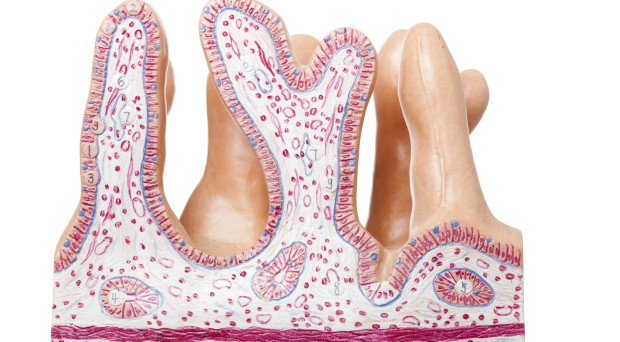Gastroenterology is a vast discipline, and from 16 – 19 May, around 15,000 delegates from across the globe met at DDW 2015 to discuss the latest research in the field.
Inflammatory Bowel Disease (IBD) was just one of the diseases discussed at large during the conference. This is a group of idiopathic chronic inflammatory intestinal conditions, and its incidence is increasing worldwide with no cure currently available.
The first session on 16 May addressed whether living in a rural or urban environment could affect the risk of developing IBD. Eric Benchimol presented the results of a Population-based and Birth Cohort study from the Canadian Gastro-Intestinal Epidemiology Consortium (CanGIEC).
IBD incidence in Canada is one of the highest in the world, but the risk is not uniform among its provinces. Spending childhood in a rural environment appears to protect against adult IBD, and the effect is stronger in children than adults. Importantly, socioeconomic status is not linked to the incidence of IBD, but given the heterogeneity of the data and the conditions, this will require further studies.
via What’s new in gastroenterology? Insights from BMC Medicine at DDW 2015



